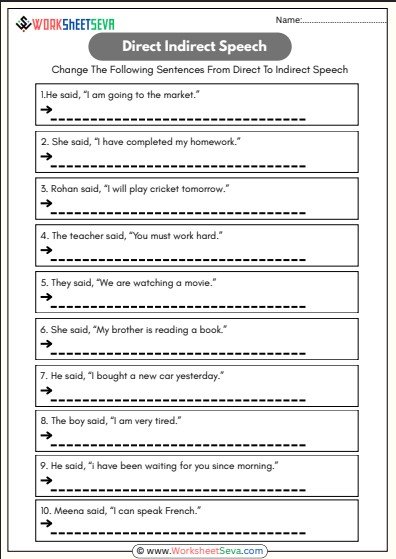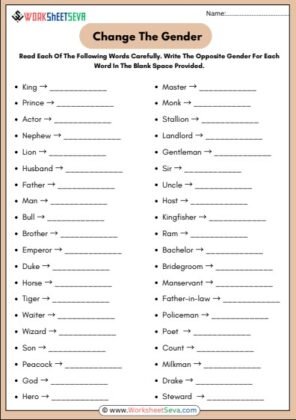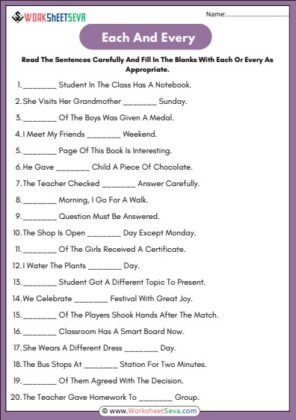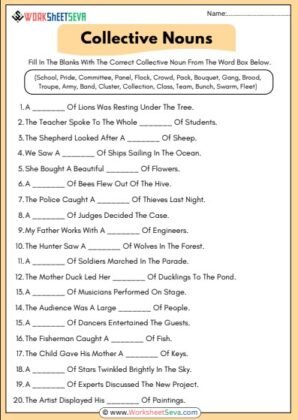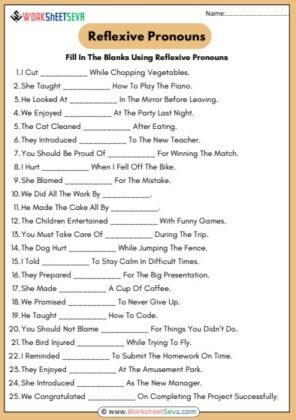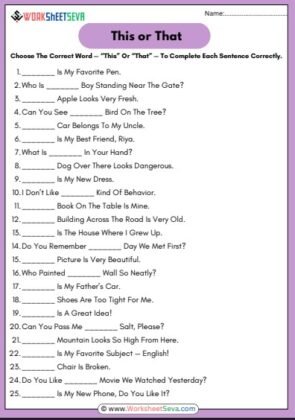Learning Direct and Indirect Speech is one of the most important grammar skills in English. This Direct Indirect Speech With Answers has been designed to help students understand how to correctly convert spoken sentences into reported speech and vice versa.
Each question helps learners grasp the essential grammar rules behind tense changes, pronoun shifts, reporting verbs, and time expressions — all crucial when mastering Reported Speech.
Whether you’re a student preparing for exams, a teacher creating class assignments, or a parent supporting home learning, this PDF worksheet gives you everything you need to practice and improve English grammar skills.
What Is Direct and Indirect Speech?
Before jumping into the worksheet, let’s understand the basics:
- Direct Speech shows the exact words spoken by a person.
Example: She said, “I am studying English.” - Indirect Speech (Reported Speech) tells what someone said without quoting their exact words.
Example: She said that she was studying English.
The key difference lies in:
- Quotation marks – Direct Speech uses them; Indirect Speech doesn’t.
- Tense changes – Verbs often shift one tense back in Indirect Speech.
- Pronouns and time expressions – They usually change to fit the reporting context.
Grammar Rules for Changing Direct to Indirect Speech
Here are the most important transformation rules featured in the worksheet:
- Remove Quotation Marks:
Direct → He said, “I am happy.”
Indirect → He said that he was happy. - Change Pronouns Appropriately:
“I” becomes “he/she,” “my” becomes “his/her,” depending on the speaker. - Shift the Tense One Step Back:
- Present → Past
- Past → Past Perfect
- Will → Would
- Can → Could
- May → Might
- Adjust Time and Place Words:
- Today → That day
- Tomorrow → The next day
- Yesterday → The previous day
- Now → Then
- Here → There
- Use “That” as a Connector:
Often, “that” is used to join the reporting verb with the reported statement.
Example: He said that he was going home.
Part A – Change the Following Sentences From Direct to Indirect Speech
Here’s a breakdown and explanation for the first 10 questions in your worksheet:
- He said, “I am going to the market.”
→ He said that he was going to the market. - She said, “I have completed my homework.”
→ She said that she had completed her homework. - Rohan said, “I will play cricket tomorrow.”
→ Rohan said that he would play cricket the next day. - The teacher said, “You must work hard.”
→ The teacher said that I/you/we must work hard. (depends on listener) - They said, “We are watching a movie.”
→ They said that they were watching a movie. - She said, “My brother is reading a book.”
→ She said that her brother was reading a book. - He said, “I bought a new car yesterday.”
→ He said that he had bought a new car the previous day. - The boy said, “I am very tired.”
→ The boy said that he was very tired. - He said, “I have been waiting for you since morning.”
→ He said that he had been waiting for me since morning. - Meena said, “I can speak French.”
→ Meena said that she could speak French.
💡 Tip: Notice how each tense moves one step back — “am” → “was”, “have” → “had”, “will” → “would”.
Part B – Change the Following Sentences From Indirect to Direct Speech
This section tests your ability to reverse the process — from reported speech back to direct speech.
Here are the answers and explanations:
- She said that she was cooking dinner.
→ She said, “I am cooking dinner.” - He said that he had lost his wallet.
→ He said, “I have lost my wallet.” - They said that they were going to the park.
→ They said, “We are going to the park.” - Ritu said that she could dance well.
→ Ritu said, “I can dance well.” - He said that he would call me the next day.
→ He said, “I will call you tomorrow.” - The teacher told the students that honesty was the best policy.
→ The teacher said to the students, “Honesty is the best policy.” - She said that her mother had gone to the market.
→ She said, “My mother has gone to the market.” - He said that he was feeling unwell.
→ He said, “I am feeling unwell.” - They said that they had finished their project.
→ They said, “We have finished our project.” - She said that she had been waiting for her friend.
→ She said, “I have been waiting for my friend.”
💡 Tip: When converting to direct speech, restore the original tense and add quotation marks.
This Direct Indirect Speech Worksheets With Answers Worksheet is a complete grammar practice resource for mastering reported speech. By studying the examples and answers, learners gain a deeper understanding of tense changes, pronoun shifts, and speech transformations in English.
Use it regularly, and you’ll soon speak and write English confidently — reporting speech accurately in every context.

